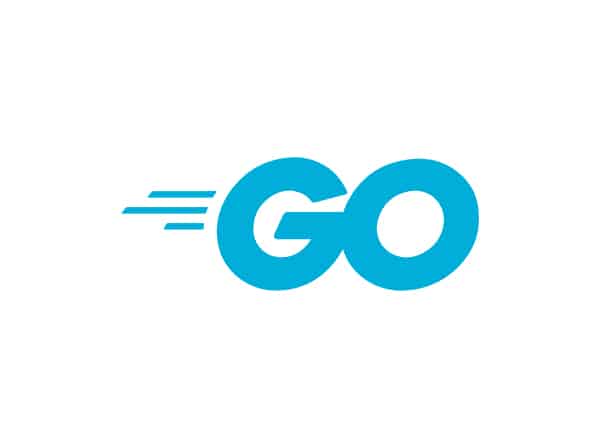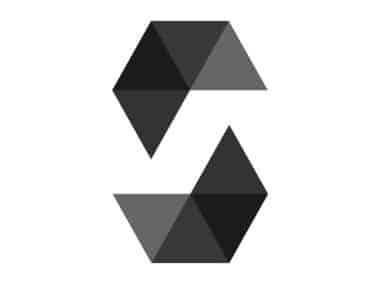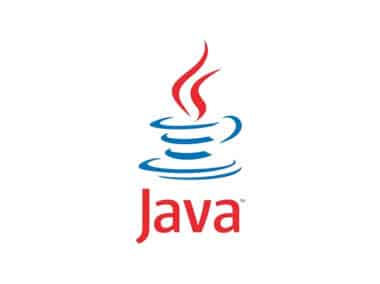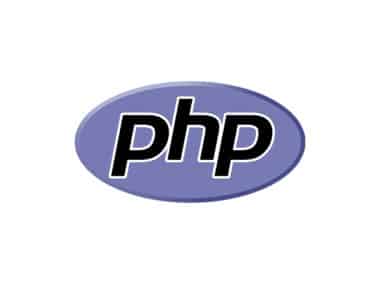GO programming language offers a modular structure of organizing code in packages. A package consists of a collection of functions, variables, and types that are grouped together. Packages are essential in making code reusable, maintainable, and organized. In this document, we will discuss the overview of packages and modules in GO programming language, how to create them, and import them.
Overview of Packages and Modules in GO Programming Language
GO programming language has a unique package management system that allows developers to create and import packages. A package is a collection of functions, variables, and types that are grouped together, and it is a fundamental aspect of GO programming language. Packages make the code reusable, maintainable, and organized, especially when developing large-scale applications.
The standard library of GO programming language contains numerous packages that can be imported and used in your project. The packages that are included in the standard library are thoroughly tested and optimized, making them reliable and efficient.
GO programming language uses a hierarchical naming structure for packages. The name of the package is the last element of the import path. For example, if you import the “fmt” package, you can access its functions and variables using the “fmt” keyword.
How to Create Packages in GO Programming Language
GO programming language allows developers to create their packages. To create a package, you need to follow the following steps:
- Create a directory with the name of the package that you want to create.
- Create a file inside the directory with the name “main.go”.
- Write the code for the package inside the “main.go” file.
For example, if you want to create a package named “calculator,” you should follow the steps mentioned below:
- Create a directory named “calculator.”
- Create a file named “main.go” inside the “calculator” directory.
- Write the code for the “calculator” package inside the “main.go” file.
To use the “calculator” package in your project, you need to import it using the import path. For example, if the import path for the “calculator” package is “github.com/yourusername/calculator,” you can import it in your project using the following statement:
import "github.com/yourusername/calculator"
How to Import Packages in GO Programming Language
GO programming language allows developers to import packages from other projects or the standard library. To import a package, you need to use the import statement.
To use a package in your project, you need to import it using the import statement. For example, if you want to use the “fmt” package in your project, you need to import it using the following statement:
import "fmt"
You can also import multiple packages in a single statement using the following syntax:
import (
"fmt"
"os"
)
Once you have imported a package, you can use its functions and variables in your project.
Conclusion
Packages are an essential aspect of GO programming language. They provide a modular structure for organizing code and make it reusable, maintainable, and organized. GO programming language offers a robust package management system that allows developers to create their packages and import other packages to use in their projects. In this document, we discussed the overview of packages and modules in GO programming language, how to create them, and how to import them.
Using packages can make your code more efficient, reliable, and easier to maintain. By following the steps mentioned in this document, you can create your packages and import them into your project. GO programming language’s package management system is one of the most robust systems available, making it an excellent choice for developing large-scale applications.




